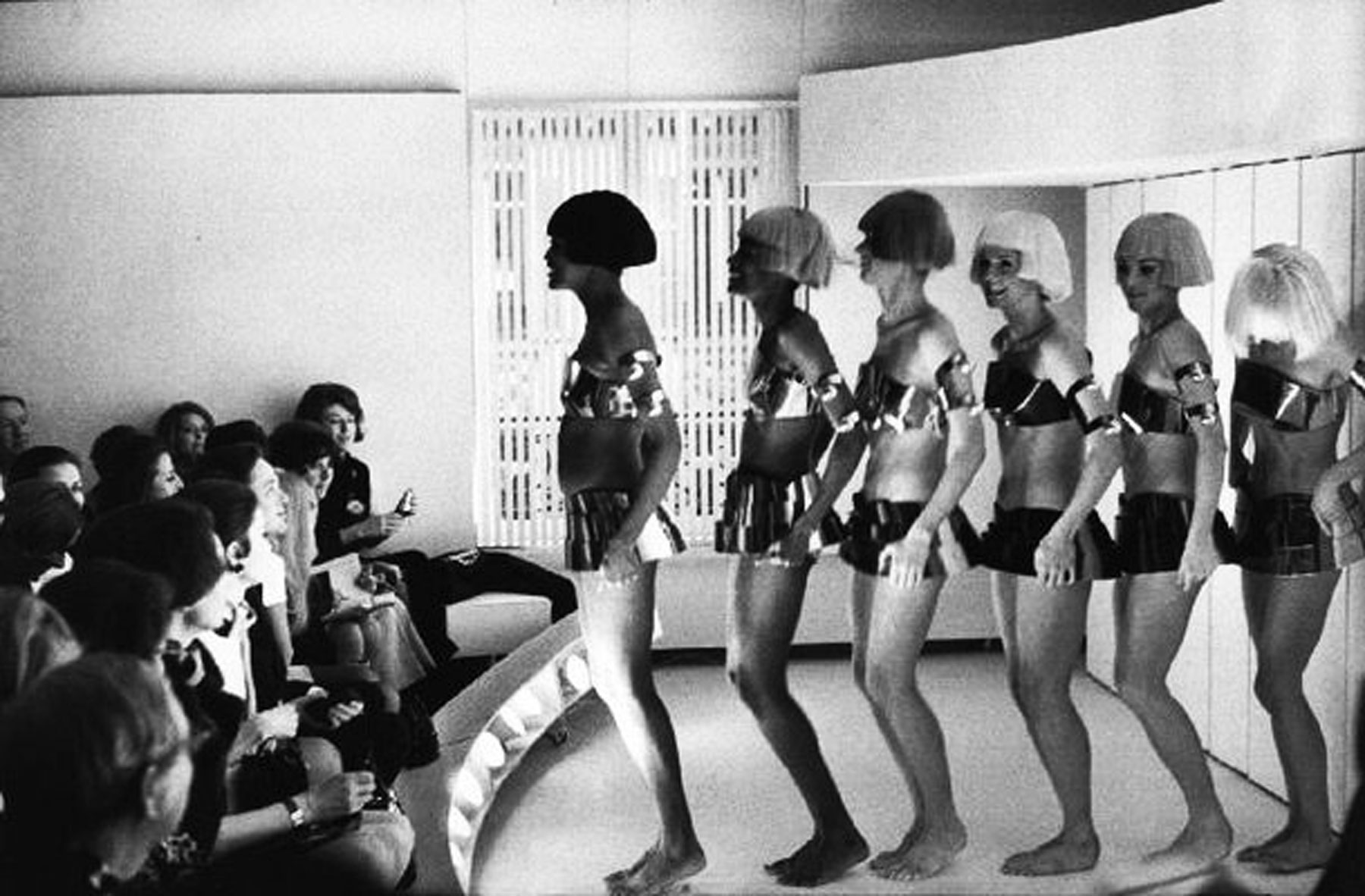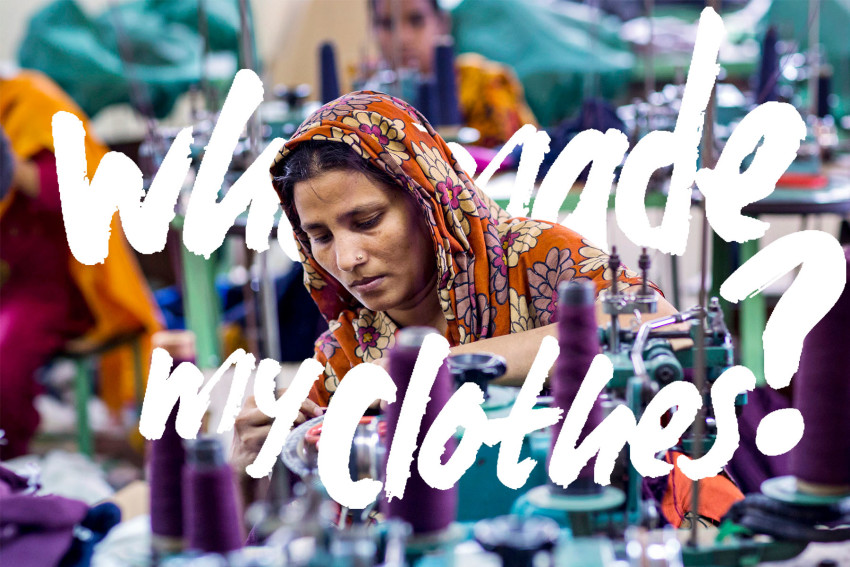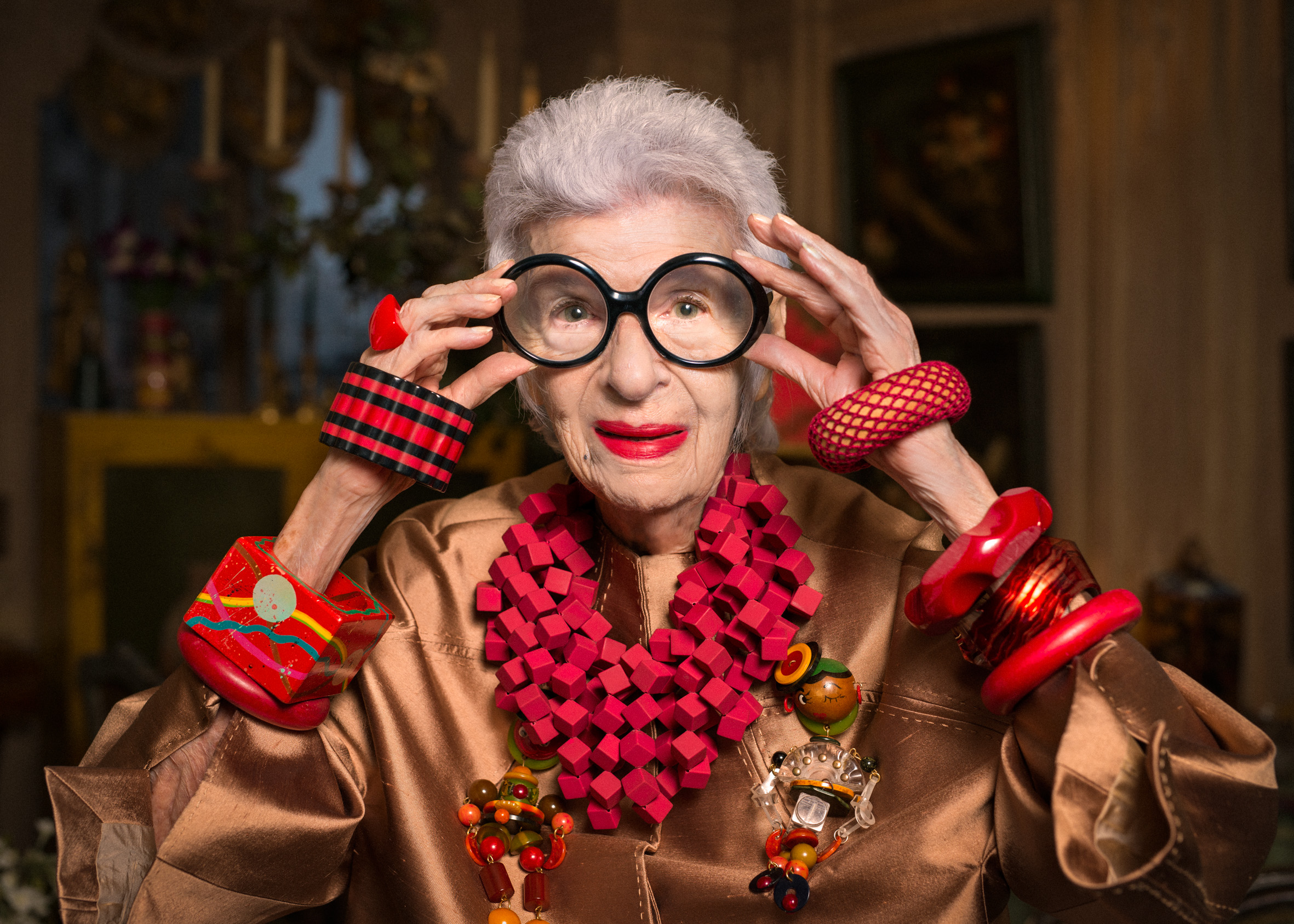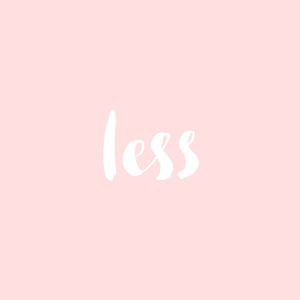This blog post is part of a Design Blogger Competition organized by CGTrader.

Courrèges’s space odalisques for Spring/Summer 1969. Photo credit: Henri Cartier-Bresson/Magnum Photos.
Blame on Courrèges, Cardin, Mr. Rabanne and the Jetsons for that space-robotic looking way we pictured fashion will be. While technology and new material developments will invariably impact the way our clothes are created (hopefully in favor of more efficient and eco-friendly processes), it’s our ideals and beliefs that will make the fashion landscape progressively change. CGTrader invited me to share my vision on the subject. Here, what I consider to be the key defining topics for the future.
SUSTAINABILITY AND ETHICAL CONSUMERISM

Photo Credit: Fashion Revolution.
Fashion is the second pollutant industry. In the making of what we wear tons of waste are generated, air, water and soil quality are quemically affected, as well as the health of the people involved in the production chain, people who we know is mostly working in slavery conditions. This is truly an unsustainable situation and we are no longer ignoring it.
The new challenge for fashion creators is to come up with creative and technical solutions that reduce enviromental damage, and have a positive social impact from the designing process itself. The use of renewable and eco-effective fibers will become priority in textile design. Animal torture will be less tolerated, because luxury isn’t about owning a bag or coat made out of skin, it’s about the creativity and authenticity behind each piece.
INDIVIDUALITY

The ultimate icon of fashion and uniqueness: Iris Apfel. Phot Credit: WWD.
Fashion as a form of expression is now more democratic than it has ever been, but in a liberating, not patronizing kind of way. Restricted consumer profiles don’t work like they used to: we are globalized eclectical citizens, with unique interests and passions who build their own esthetic instead of blindly following trends. 3D printers will facilitate our participation as co-designers, and customizable, limited edition itens will become more popular.
MINIMALISM

Phot Credit: Pinterest.
We’ve quitted to the ambition of owning and collecting things, as we question their existence and relevance. We want to live with less, more significative stuff. Design not only has to be captivating, but intentional and meaningful. It must add value to our lives.


